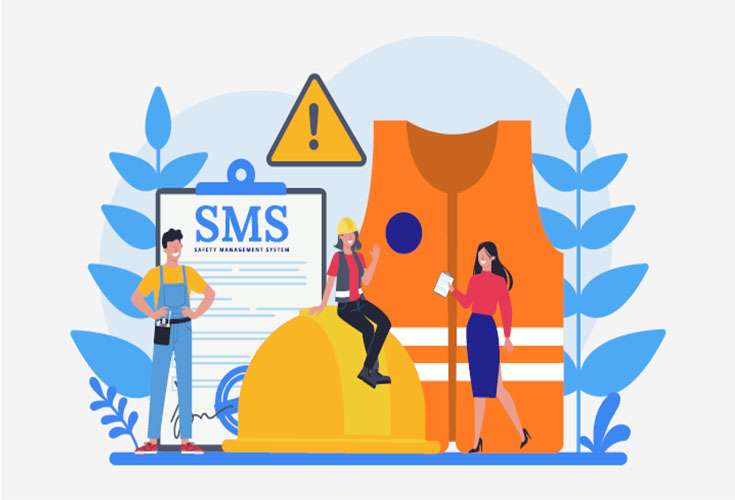Safety Management System
Introduction:
A Safety Management System (SMS) is a systematic approach to managing safety, including the necessary organisational structures, accountabilities, policies and procedures. (ICAO). Moreover, it is a systematic and explicit approach defining the activities by which safety management is undertaken by an organisation in order to achieve acceptable or tolerable safety
Learning Objectives:
At the end of this training session, participants will be able to understand:
- What an OHSMS is and what are benefits of system
- Purpose and structure of the OHSAS 18001:2007 standard
- The requirements of the OHSAS 18001:2007 standard
- Hazard identification, risk assessment, and determination of controls
- What an audit is and the benefits of an audit
- How to plan, conduct, report, and follow up an audit
- Participants will be able to: help organizations create safer work environments by reducing injuries and injury-related
- Providing measurable systems that can verify OHS performance

Course Contents:
There are five steps to an effective OHSMS, and these steps form a continual cycle of improvement as shown below. Consultation is a key element of each step.
- Policy
The policy is a general plan of intent which guides or influences future decisions. It is the basis upon which measurable objectives and targets and the OHSMS is developed.
- Planning
Plan how to deliver the OHS policy, objectives and targets to ensure hazards arising from work activities are identified so that risks can be assessed and then controlled.
- Implementation
Implement the plan by developing the capabilities and support mechanisms necessary to achieve the OHS policy, objectives and targets.
- Measurement and evaluation
Measure, monitor and evaluate OHS performance, to determine the effectiveness of risk management, and if necessary take preventative and corrective action. Undertake audit follow-up activities to undertake audit follow-up activities
- Review and improvement
Contribute to the development and improvement of their organization’s occupational Health & Safety management system and review and continually improve the OHSMS, with the objective of improving OHS performance.
Topics: Safety Officer Course
By the end of the course delegate will be able to:
- Understand best practice standards through HSG65, 18001, moral & economic requirements
- Understand implications for good standards in safety & health within an organization
- Develop, promote & communicate an effective health and safety culture in an organization
- Identify the key features of a health & safety policy
- Preparations & performance review of a health & safety audit
- Understand the importance of proactive and reactive health and safety monitoring & measurement
- Identify hazards in the workplace
- Carry out risk assessments
- Record findings & review procedures
- Advise on strategies for controlling hazards, reducing risks & applying safe systems of work
- Identify fire hazards & consequential risks
- Advise on measures to minimize fire risks & develop fire prevention & fighting procedures
- Identify ill health effects of physical processes of work & the environment
- Recommend suitable measures to combat risks
- Explain the processes & procedures for investigating & reporting accidents at work